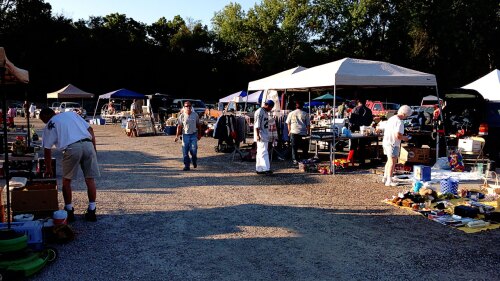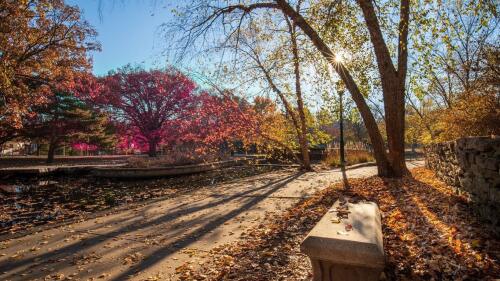These “road diets” don’t involve counting calories. Lane by lane, Kansas City streets are trimming down and adding safety features in a bid to make roads friendlier for walkers, bikers, and drivers alike.
How does a road go on a “diet?”
Rather than picking up running as a hobby, the city targets streets with fewer than 20,000 average daily vehicles and fewer than 1,000 cars during peak hours for a restripe. The result: two travel lanes and a center turn lane, plus space for bike lanes, sidewalks + bus pullouts.
Not every street needs fewer lanes, but some need to slow down. That’s where “traffic calming” comes in — think speed humps, curb extensions, or roundabouts to reduce speeds and crashes in residential neighborhoods. (Want one on your block? You can submit it for consideration.)
Part of the bigger picture
Both of these methods are part of the Vision Zero initiative launched in 2021, which aims to eliminate traffic fatalities and serious injuries on Kansas City streets by 2030.
You can see if your daily commute overlaps with any danger zones on the city’s High Injury Network map, with some perilous standouts including 39th Street, Truman Road, and Independence Avenue.
Road diets alone can cut collisions by ~20% or more, per the Federal Highway Administration.
What’s next?
KC has already completed or launched 300+ projects since 2021, with more in the pipeline — including Wornall Road’s redesign and Southwest Boulevard’s major revamp. Check out the full list.
What do you think: Should more streets slim and slow down, or does this push create too much congestion for a car-centric city? Share your two cents.











